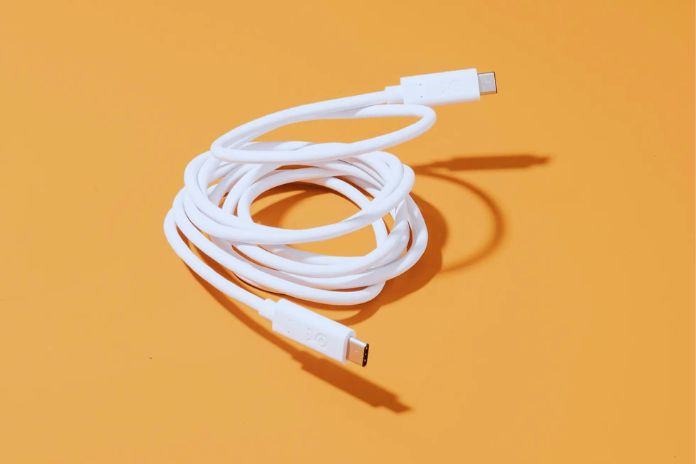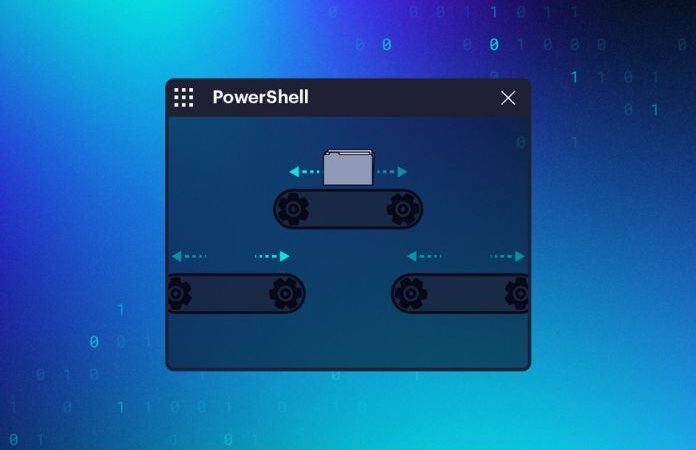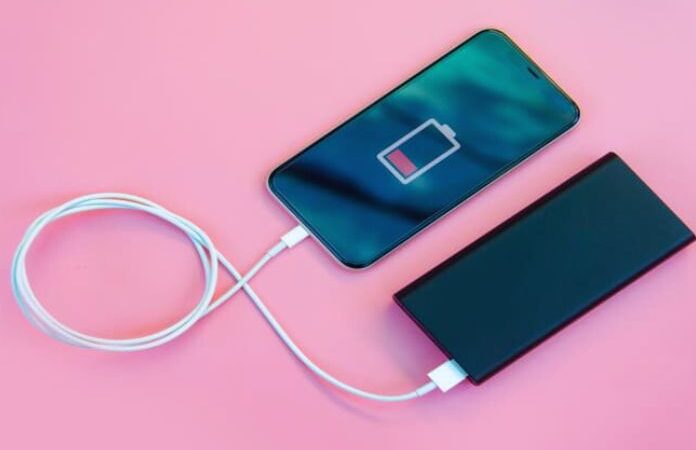USB-C Charger And How The Universal Power Supply Works

The purchase of a new USB-C charger is now ripe, a “universal” product for charging mobile phones and various devices, but it can also function as a power supply for the notebook.
Table of Contents
Why Buy A USB-C Charger?
Since the USB-C port allows the necessary energy to be supplied, the leading laptop manufacturers have adopted the new standard. Still, inexplicably, they almost always continue to provide their proprietary power supply, a cheap, ugly, anachronistic component, which technologically (even aesthetically) clashes with a brand new stylish ultrabook. Most phones on the market are equipped with USB-C and should support some form of “fast charging,” but if we read the specifications, the standard charger supplied will hardly deliver more than 2A.
For example, to quickly charge the iPhone, you must purchase a charger with Power Delivery, while Samsung provides an Adaptive Fast Charging charger. Here are the reasons that push us to buy a USB-C power supply: take advantage of fast or “ultra-fast” charging (in phones, tablets, and compatible devices); retire the old proprietary power supply of the laptop by finally relying on a single universal, practical all-rounder to always carry with you.
To identify the device best suited to our needs, we must find clarity among the many acronyms and specifications with which the products are marked. Let’s start with the USB-C that I was taking for granted. We distinguish the USB-C interface, which carries power, data, and audio-video signals, from the actual connector… the fact of not having to find the right direction (like the micro-USB) is an indisputable advantage of the reversible USB connector-C, so much so that even Apple is adopting this standard in favor of lightning.
USB-C Power Delivery (PD)
There are USB power supplies of the “PD” type on the market, which stands for Power Delivery. This insignificant acronym represents a turning point because a standard shared between the leading manufacturers has finally been defined that, in perspective, will eventually allow the use of a single “universal power supply” for all devices, with all the advantages of the case in terms of costs and portability, as well as less environmental pollution.
PD Power Delivery-certified USB Type C power supplies can deliver variable voltages and amperages, up to a maximum of 100W, adapting to the requests of a compatible device. It means that we can use the same power supply to charge a phone (5V at 2A = 10W) or a notebook (12V at 5A = 60W).
It is important to reiterate that, based on the capacity of the battery and the technologies adopted by the manufacturer, it is the device that requires the current it needs; therefore, there is no risk of “burning” a phone if we connect it to a USB power supply PD capable of delivering up to 60W. “Fast charging” can be used (if compatible), or in the worst-case scenario, the USB PD power supply will work like a standard battery charger.
USB-C Programmable Power Supply (PPS)
With the PD 3.0 version, i.e., with the latest Power Delivery specifications, USB-C charging has added another functionality: the Programmable Power Supply (PPS), which dynamically renegotiates the voltage and current supplied to maximize efficiency. The behavior is similar to Qualcomm’s Quick Charge.
In practice, every 10 seconds, the power supply interrogates the device to make the charging process more efficient. It adapts to non-standard voltages, regulating the voltage between 3V and 21V in steps of 0.02V. When the battery is completely discharged, it can absorb more power, and recharging occurs more quickly. This is the most significant advantage of ultra-fast charging: a few minutes with a USB-C PD charger allows a flat phone to get through the day.
USB-C PD Quick Charge Compatible
Quick Charge is one of the most popular fast-charging technologies. Qualcomm introduced and implemented it natively in the chips that equip most phones that adopt this family of SOCs. Since version 8 of Android (Oreo), full software support is available for this fast-charging technology.
The good news is that, according to the latest specifications, Quick Charge 4 is fully compatible with USB-C Power Delivery chargers, adopting the same standards with variable voltage. Even the previous generation Quick Charge 3, although limited to 18W, can benefit from a USB-C PD charger.
Charging A Notebook With A USB Type C Power Supply
The same cannot be said for laptops if the USB-C connector is widespread in phones. Manufacturers have only recently embraced the new standard when the USB-IF (Implementers Forum) specifications raised the charging quantity to 100W to power even the most energy-intensive devices through a standard USB Type C port. To give a few examples, today, we have the Apple MacBook, the Dell XPS, and other high-end laptops that provide a USB-C power supply as standard.
In this context, the USB-C interface also exchanges data. It conveys the video signal, integrating the DisplayPort, all on a single USB-C cable (certified for these functions and a simple power supply). Implementing these technologies in ultrabooks and medium-low-range notebooks is left to the good heart of the manufacturers and varies from model to model. If the USB-C connector is easily identifiable on the edge of the case, you must carefully read the specifications to understand what goes through it.
Some manufacturers that provide a proprietary charger inhibit charging via USB-C; others use the USB-C port only for power and not for video signal; others still integrate a full-featured USB-C but don’t declare it, and you can only discover it by trying… A 30W–40W USB-C PD power supply is already sufficient for ultrabooks and notebooks with low-power processors. I wouldn’t go beyond 60W; otherwise, all the discussions previously made about portability would cease.
As the power increases, the dimensions and weight of the power supply increase proportionally. A good 30W PD-certified power supply could power more powerful laptops than ultrabooks, which, according to specifications, would need a few more watts at full load, but the battery will recharge more slowly. Suppose the primary need is to power a MacBook Pro or a high-performance laptop with a Core i5/i7 or Ryzen processor. In that case, it is best to focus on 45W–60W models that, if necessary, can be used to recharge phones and tablets simultaneously.
Which One Should I Buy?
Now that we have more precise ideas, we can identify the power supply that’s right for us. I recommend the 30W AUKEY USB-C charger with Power Delivery 3.0, which has a second conventional USB-A output. The product I recommend for quality, price, functionality, and portability.
It is compatible with most devices, supports fast charging, and can be found on Amazon for less than €30. If we are not interested in the second USB output, we can opt for an even more compact and economical model from AUKEY. If, however, the primary use will consist of powering the notebook, it is better to choose the 60W model. Even in this case, the second USB-A output is very convenient.
Problems Charging From USB-C
Requirements: we assume that the USB-C port of the device is enabled for charging and compatible with the PD (Power Delivery) protocol. The laptop specifications should say USB-C PD Charger. The operation should be guaranteed if we have a USB-C PD power supply with a power output in Watts suitable for the device and compatible with the latest PD 3.0 specifications that support PPS (programmable power supply). If the power supply via USB-C doesn’t work, it could be the cable, especially notebooks requiring higher current absorption. Not all USB-C cables are the same: the line must support PD fast charging and be certified to work with devices up to 60W.
Also Read: How To Create Measurement Events With Matomo






